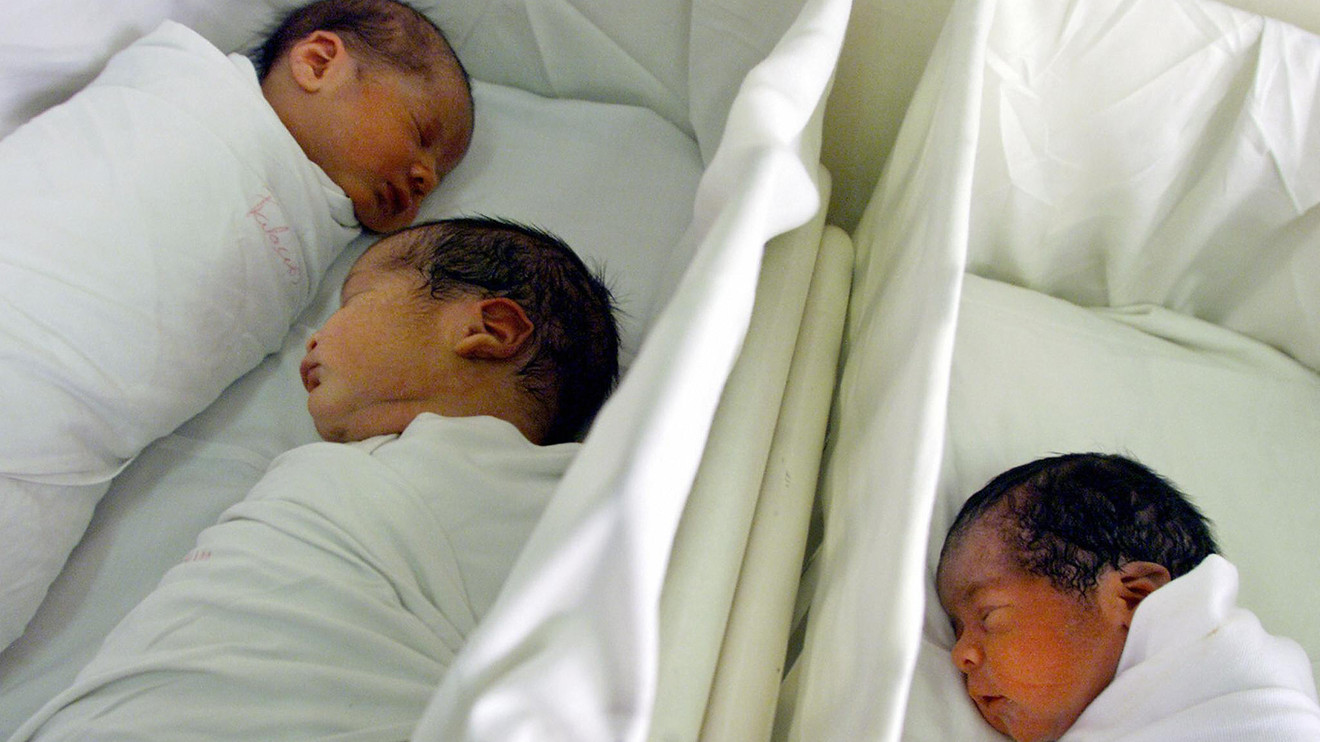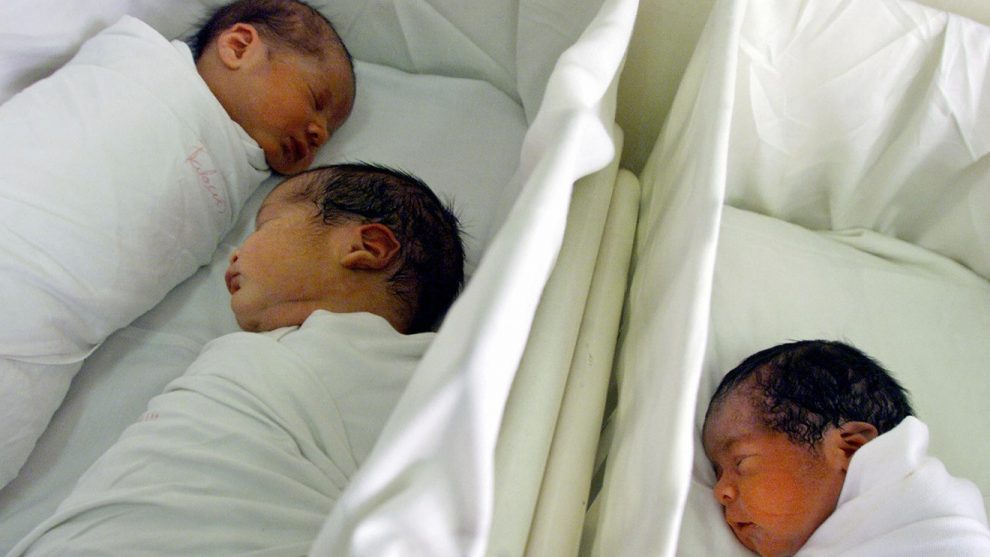
America’s fertility rate is on the decline.
There were more than 3.7 million estimated births in 2018, down 2% on the year before, the Centers for Disease Control and Prevention’s National Center for Health Statistics said Wednesday. That’s the lowest level since the 1980s, despite an improving economy.
Here are some ways the falling fertility rate may impact Americans in the years ahead:
The fertility rate could foreshadow an economic downturn
Typically, the birth rate rises with an improving economy, but there are other factors at play. Younger and unmarried women are having fewer babies, more women are delaying marriage as they start their careers after college, and dual-income families find it increasingly expensive to have children, especially with the rising cost of child care.
Couples may be finding it more difficult to pay their bills, and they’re holding off on having more children until their financial situation improves. University of Notre Dame researchers said conceptions dropped ahead of the last three recessions, starting with the recessions of the early 1990s, the early 2000s and the Great Recession from 2008 to 2009.
Families with fewer kids save money, but that may not be enough
Day care to college tuition continue to climb, so fewer couples are having children. However, static wage growth means these couples are still struggling to make ends meet. Consider this sobering number from the U.S. Department of Agriculture: In 2015, a middle-income married couple with a kid spent 16% more than a family in 1960, adjusting for inflation.
Families shouldn’t spend more than 7% of their income on child care, according to a recommendation by the Department of Health and Human Services, but there’s no state in the country where parents can follow that recommendation, a 2018 analysis by Child Care Aware of America found.
Parents in the U.S. spent $9,000 to $9,600 annually for one child’s day care in 2017, up roughly 7.5% on the year, according to Child Care Aware of America’s study of national average costs. “No matter how you look at the statistics, child care is unaffordable for families across the country,” the report said.
Don’t Miss: Massive cuts to Social Security: This is the ‘wall’ Americans should worry about
It’s also difficult for parents to take time off work, especially if they’re not being paid. Only the District of Columbia and five states — California, New Jersey, Rhode Island, New York, Washington — have paid family-leave programs. Each offers varying benefits, according to the Society for Human Resource Management.
Under the Family Medical Leave Act, employers are required to give new parents up to 12 weeks off to take care of a newborn child, but it’s left up to the employer to decide whether they should get paid during that time.
This will further compound declining Social Security contributions
Anqi Chen, assistant director of savings research at Boston College’s Center for Retirement Research, said robust birth rates were important for the future health of Social Security funds.
“If you think of Social Security as a pay-as-you-go system, paying current and future promised benefits depends on future labor force and future workers,” she said. And those numbers, she added, were pegged to factors like birth rates and immigration.
With more baby boomers drawing Social Security checks and living longer, the funds are already under pressure. The 2019 Social Security Trustees Report, released last month, said 80% of scheduled benefits will be payable by 2035. At the end of last year, 63 million people received almost $989 billion in Social Security.
The trustees’ report acknowledges that the future of the trust funds depend on many things, like the size of the workforce, the number of recipients and how much they are getting. Immigration, marriage and divorce rates and the mortality rates also play a part.
On a happier note, childless couples say they’ve better relationships
There may also be some upside: Individuals without children said they felt the most satisfied with their relationship, according to a 2014 study carried out by researchers at United Kingdom’s Open University; they surveyed 5,000 people over a two-year period ranging in age, sexual orientation and background Perhaps they had more quality time to spend with one another.
That wasn’t the case for everyone, however. Women with children said they were happy even if the relationship broke down. Plus, a separate study from researchers at Dartmouth College provided more context. It found that adults with kids didn’t have higher happiness scores, but their satisfaction rose when the researchers adjusted for those who didn’t experience difficulty paying bills.
Get a daily roundup of the top reads in personal finance delivered to your inbox. Subscribe to MarketWatch’s free Personal Finance Daily newsletter. Sign up here.











Add Comment